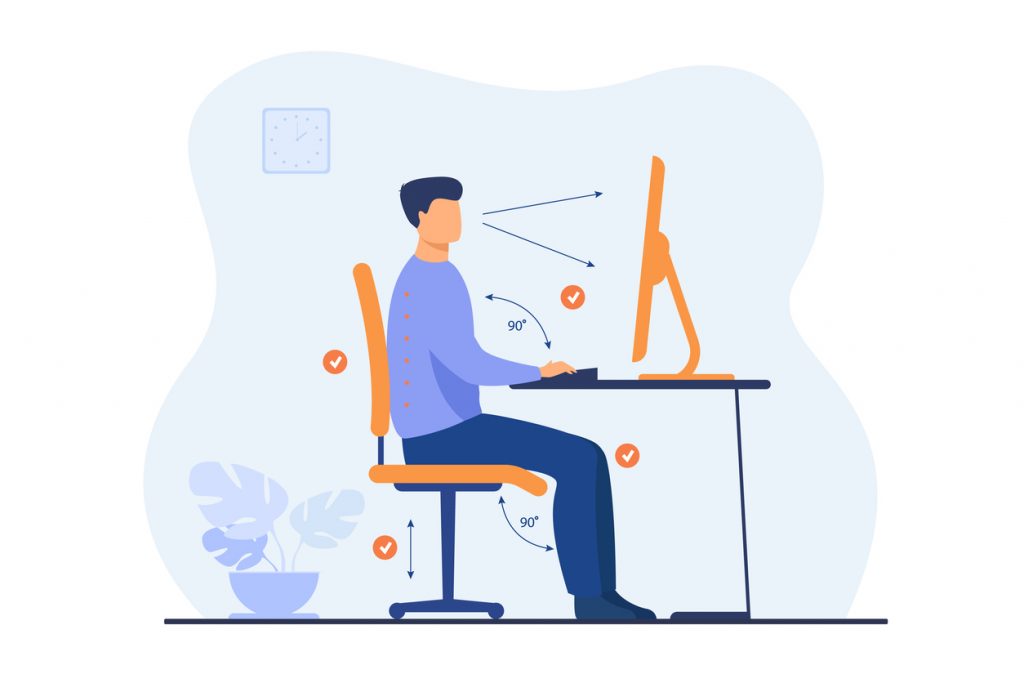Sit/stand desks are increasingly a part of the office workplace. They have been touted as methods to improve physical activity and energy expenditure and as a method to improve discomfort by changing postures. While the benefits of sit/stand desks to increase energy expenditure has been challenged, their ability to address discomfort has had some support in the literature. However, the ability of sit/stand desks to address discomfort rests on the capacity to identify the correct dosage: how much time sitting versus how much time standing is needed to prevent discomfort in both positions. Field research that has tried to impose set time limits have found workers indicating they prefer self-choice. Workers, however, are notoriously poor at identifying when they are reaching a level of discomfort that would necessitate a shift in position as they are often deeply engaged in their work. They also each have differing levels of tolerance for discomfort that is dependent upon human factors (eg. low back pain, age, obesity) and work or environmental factors (eg. computer work station fit, work demands, engagement of task). A single, one-size-fits-all dosage schedule seems unlikely to reduce worker discomfort.

The challenge, then, is to develop a worker-centric method that will help each worker identify his or her own dosage based on these factors. Weight shifting has been shown to be a powerful indicator of discomfort. With our co-investigator, April Chambers, We intend to leverage force and pressure sensing technology to develop general dosage guidelines for different populations (based on human and environmental factors) and to develop objective measures that can identify when workers reach their personal level of discomfort indicative that a change in posture is required.
Sit/Stand Desk Activities
The long term goal of our research is to determine the appropriate sit/stand dosage for height adjustable workstations. Using weight shifting to identify subjective and objective measures discomfort and fatigue associated with prolonged seated or standing work will aid in the development of a device which can be used to identify appropriate sit/stand dosage for different populations and occupations. In order to accomplish these goals, we must first examine the feasibility of using weight shifting as a marker of discomfort and fatigue during sitting and standing office work. As such, the specific aim of the our project is to examine the feasibility of using weight shifting as a marker of discomfort and fatigue during seated or standing office work

H1: Elements of weight shifting (such as duration, intensity and frequency of shifts) will be moderately associated with self-reported discomfort and fatigue.
H2: Elements of weight shifting (such as duration, intensity and frequency of shifts) will be moderately associated with objective measures of muscle fatigue.
Funding: Office Ergonomics Research Committee (OERC)
Publications:
- Chambers A., Robertson M, Baker NA. The effect of sit-stand desks on office worker behavioral and health outcomes: A scoping review. Applied Ergonomics. 2019;78:37-53. doi.org/10.1016/j.apergo.2019.01.015
